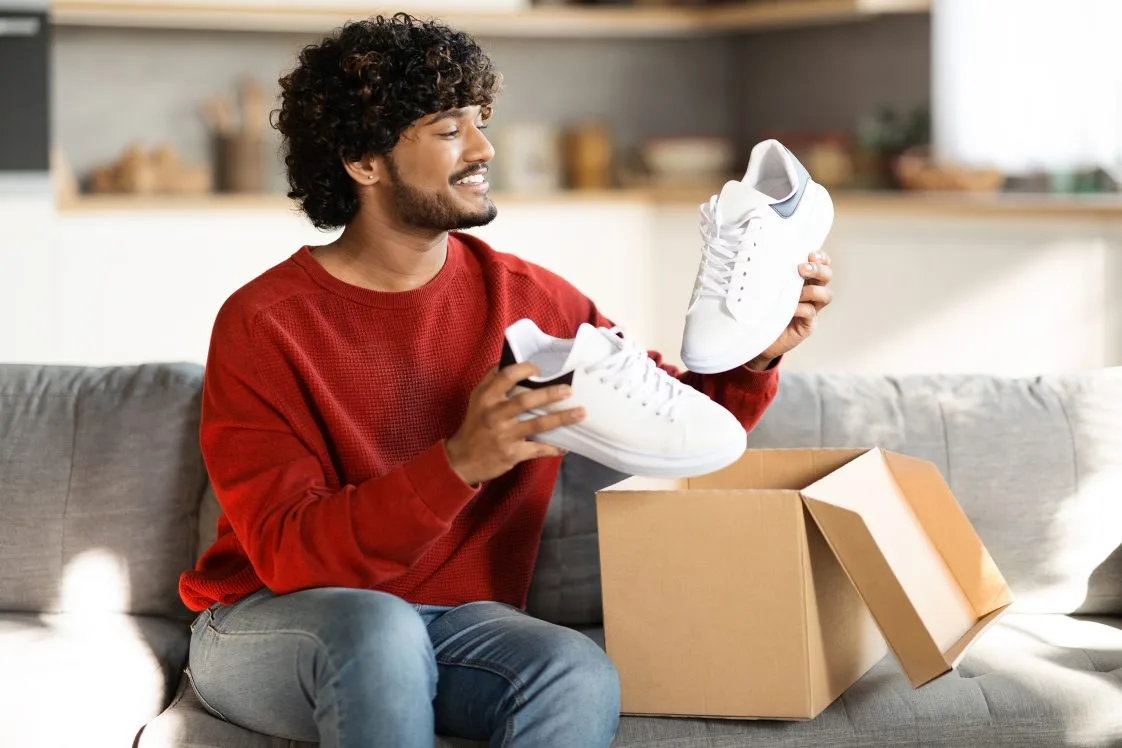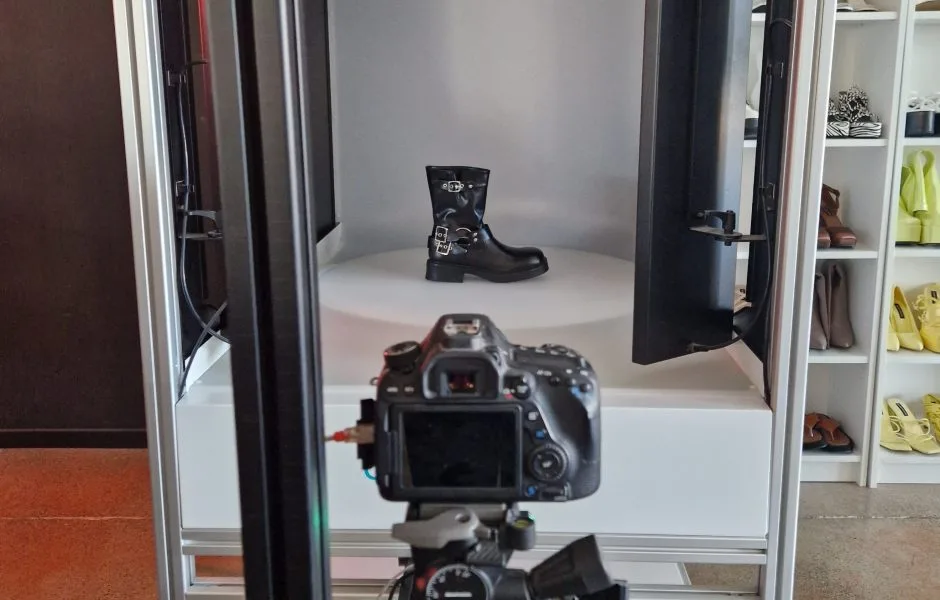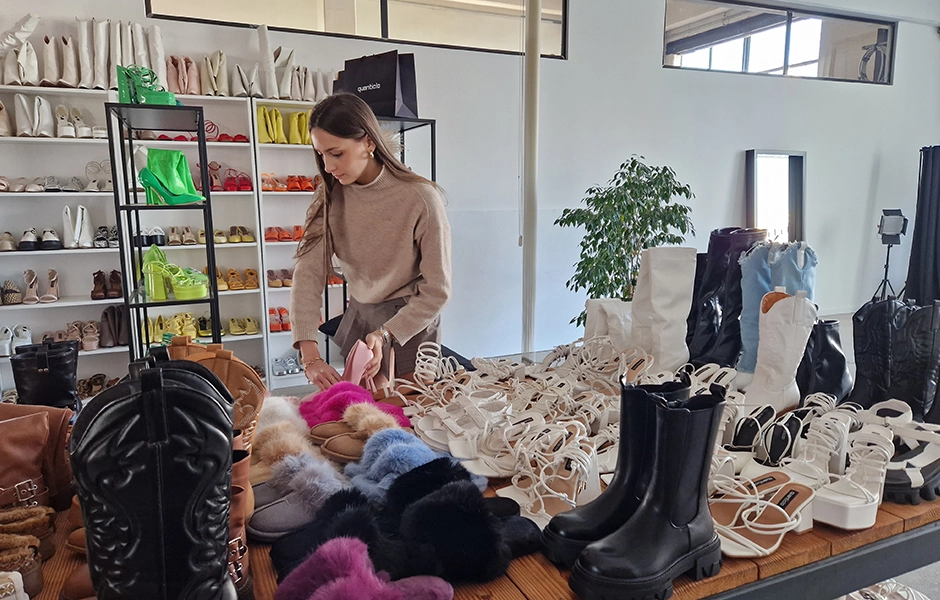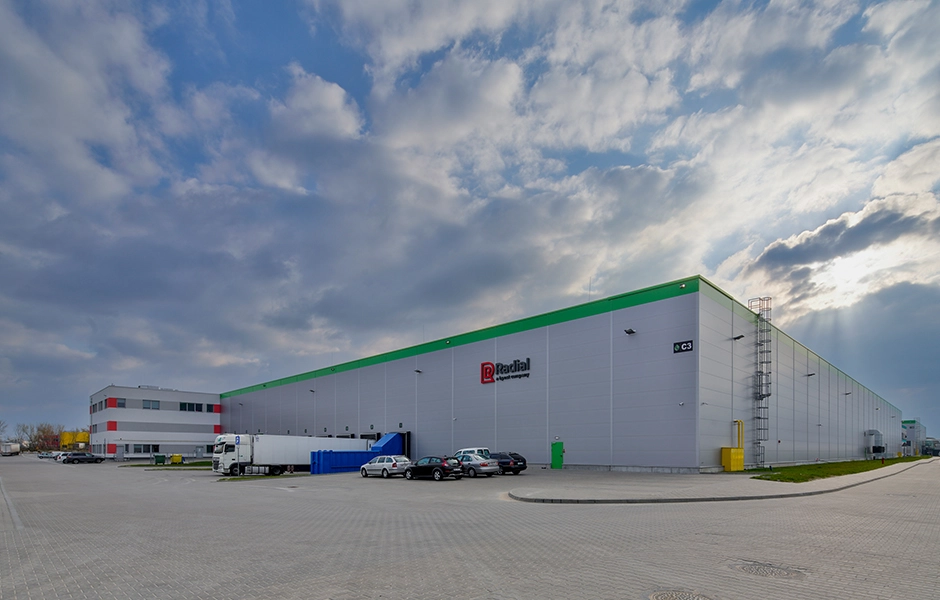Emerging Consumer Trends

Consumers have more options for clothing, apparel, and shoes than ever before—and, with the recent rise in online e-commerce retailers, some new challenges have emerged for shoppers. In a recent Radial Research survey, we found that:
- 36% of online shoppers have faced delayed delivery
- 24% of online shoppers have experience high delivery costs
- 19% of online shoppers have experienced damaged packaging
User experiences across apparel brands vary widely, from confusing size charts to inconsistent return policies. As shoppers struggle to keep up, retailers must adapt to shifting behavior in an uncertain economy.
We surveyed consumers about their online shopping habits for apparel, footwear, and accessories to spot emerging trends and give retailers data-driven insights in a competitive e-commerce market. Here’s what we found.
Where are consumers shopping?
Understanding where consumers shop for clothing and apparel is critical for retailers—and can have a big impact on shipping timelines, shipping costs, and consumer expectations. Our research found that consumer preferences were vastly different across both age groups and verticals.
When it comes to clothing, over 60% of Millennials and Gen Z shoppers prefer to purchase directly from a brand or retailer’s website, while only 45% of Gen X and 28% of baby boomers prefer this option. Marketplaces like Amazon, eBay, and others were also significantly more popular among Gen X (54%) and Millennials (56%) over other groups. In fact, 50% of baby boomers and 37% of Generation X still prefer to shop for clothing in-store.
Shoes were a bit more evenly split, with most Gen Z, Millennials, and Gen X shoppers buying from either a brand or retailer’s site or a marketplace like Amazon or eBay. Notably, 56% of baby boomers still prefer to shop for shoes in stores.
Jewelry remains one of the few categories where in-store shopping is preferred across all age groups. While around 40% of Gen Z and Millennials feel comfortable buying jewelry online, most consumers still avoid it. In fact, 68% of Boomers, 46% of Gen X, and about 30% of younger shoppers prefer browsing jewelry in person—reflecting both a lasting preference for tactile shopping and rising expectations for elevated, luxury experiences.

The continued rise of fast fashion and quiet luxury
Fast fashion and quiet luxury items have often been at odds with each other in the clothing and apparel market. While quiet luxury leans into timeless, more expensive staple pieces, fast fashion promotes trendy, cheaper options for quick wardrobe updates. But, according to consumers, that’s quickly changing in the age of modern online retail.
More and more, consumers are balancing their wardrobes with a mix of both luxury staples and fast fashion pieces. In a survey this spring, we found that purchases in each category are driven by a mix of economics, personal values, and social pressures:
Values that drive quiet luxury purchases:
- 76% quality of materials
- 67% timeless and classic styles
- 66% brand reputation
- 57% sustainability practices
Values that drive fast fashion purchases:
- 62% shopping convenience and accessibility
- 59% trendiness and fashion forward
- 58% price and affordability
- 54% social influence
As you can see in the charts above, a wide mix of factors drive choices between quiet luxury and fast fashion—and shoppers are actively buying from both categories.
How often do shoppers buy clothes online?
Keeping a pulse on how often consumers are buying items can help online clothing and apparel retailers prepare for seasonal surges, trend-driven spikes, and other sudden upticks in orders.
Our research found that 44% of consumers order clothing online every few months. On top of that, 39% said they tend to shop even more often, making monthly or even clothing purchases—of those monthly shoppers, +70% were Millennials or Gen Z with an equal split across genders. Shoes are the second most popular apparel item for online shoppers, with 29% of respondents ordering shoes every few months and 18% ordering monthly.

Retailers must monitor seasonal trends to plan sales and anticipate demand. When summer is under way, back-to-school shopping is on shoppers’ minds, requiring preparation. In our survey, 37% had children, and 61% of them shop for school essentials in July or August. As summer ends, retailers should then expect increased demand for kids’ clothing, shoes, and supplies.
How to delight online shoppers
As retailers are assessing all of these evolving trends, it’s critical for teams to know what matters most to shoppers and which changes will have the most impact on their experience. Here are a few strategies retailers can leverage to delight shoppers.
Cost of shipping vs speed of delivery
For 44% of consumers, shipping costs are the top factor when buying clothing, shoes, and apparel online. Inflation can be a growing concern—61% say it has worsened in the past six months, increasing price sensitivity. By May 2024, 84% reported some level of price sensitivity, with 38% making significant changes to their shopping habits. As prices rise and budgets tighten, shoppers are less willing to pay extra fees, including shipping.
Consumers prioritize both free and fast shipping. For 34%, delivery speed is the key factor when shopping online. Over 30% expect orders within 3-4 days, while 15-20% want them in 1-2 days. Even with free shipping, only about 30% would wait longer—70% expect deliveries within 3-4 days or sooner.
Retailers face major challenges in delivering fast, free shipping at a sustainable cost. Many now turn to 3PL partners like Radial to optimize last-mile delivery, reduce costs, and speed up shipping. Rather than building supply chains from the ground up, they leverage Radial’s transportation solutions and broad carrier network to meet customer expectations and drive loyalty.

Radial Europe, Warsaw fulfillment site Poland
Shoppers love user generated content
Many of the tactile elements of shopping are lost in the online shopping experience, leaving consumers struggling to make confident purchasing decisions. To fill that gap, many users are relying on other shoppers to give them the inside scoop on products before they buy.
User generated content (UGC), like reviews and photos, were the most sought-after feature to enhance consumers’ online shopping experience, with 56% of consumers ranking this as their favorite. Size recommendations were a close second, with 51% of respondents ranking this as the most helpful feature when shopping online.
Your go to 3PL partner for online retail
The overall rise in online shopping, particularly for younger generations, underscores the need for crisp digital shopping experiences, from click to delivery.
As one of the industry’s largest 3PL providers, Radial supports thousands of retailers as they navigate changing consumer trends across industries and strive to provide quick, affordable shipping options for their customers. From inventory management and order fulfillment, to transportation management and final mile optimization, Radial plays a key role in enabling brands to profitably exceed customer expectations and maximize their efficiency.
